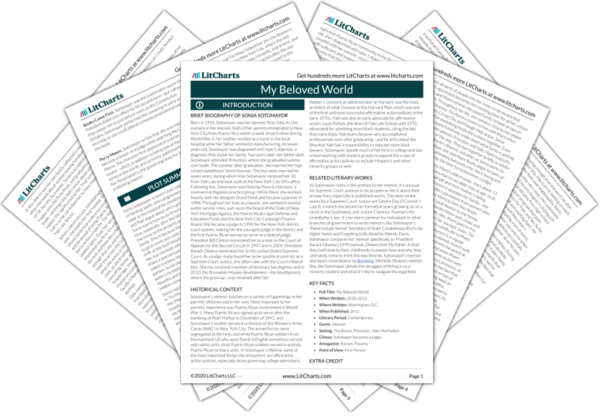Once again, Sonia takes the opportunity to sit and observe, which allows her to more fully understand what’s going on around her. She discovers that while people will inevitably hurt each other, both purposefully and on accident, the real tragedy occurs when people don’t then try to address that hurt and repair their relationships.
